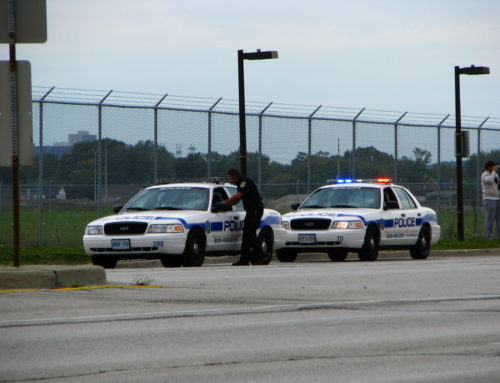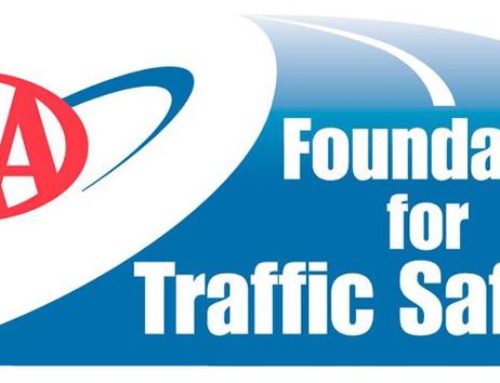In the United States, it is illegal for a person under the age of 21 years to possess alcohol. You may already be aware of the fact that all states enforce the legal limit for BAC (Blood Alcohol Content) of 0.08%, but for drivers under the age of 21 years, the laws are much harsher and stricter. In most jurisdictions, the legal limit for underage drivers is 0.02%, but many states have a Zero Tolerance policy for underage DUI offenses. To understand how underage drunk driving laws work, you first need to understand some of the terms and what they really stand for:
BAC – Blood Alcohol Content
BAC is a direct measurement of the actual amount of alcohol flowing in your body. It is a standard tool for testing and setting a legal limit for intoxication. Most countries including the entire North American continent have chosen 0.08 as the legal BAC level because the time a person reaches this level, their coordination is notably affected. However, different people have different tolerance levels and will show different signs of intoxication with the same BAC level or with the same amount of alcohol consumption.
The ONLY safe BAC level for driving is 0.00
DUI rules are usually stricter for drivers under the age of 21 and in most states, an underage driver found operating a vehicle with a BAC level of 0.02% or more is charged with a DUI. Other states follow a ‘zero-tolerance’ policy for underage drinkers which means that a BAC level of over 0% will trigger a DUI. Therefore, the only way to be safe is not to drink and drive.
Driving is an important part of our lives and in many cases, it is considered a requirement. Getting a drivers license gives you freedom and this sudden freedom is often mistaken as a right by most underage drivers instead of a privilege. Young drivers feel like they are adults once they start driving, and they think that they were granted a license because they can drive without harming others. Most of this is just an illusion which can vanish the moment you get behind the wheel after having a drink.
Statistics never lie
You will be surprised to know that 7% of all licensed drivers in the United States are between the ages of 15 and 20 years. Statistics also show that underage drivers are twice as likely to die in a car crash than adults over the age of 21 years. This is why your family, parents, friends and even your neighbors watch you closely every time you drive away, because they are aware of the fact that there is a slight chance that you won’t come back! For you, avoiding that one sip of alcohol may seem tough, but that is not even close to what you may be up against if you are caught drinking and driving. Here is what you need to remember:
Forget about 0.8%
Everyone seems to be familiar with the legal driving limit for alcohol which is 0.08%, but as an underage driver, you can forget all about the 0.08% limit. For adults, this is the line of sand, which if they cross, can get them in a lot of trouble. But if you are under 21, anything above ZERO must be avoided because having ANY amount of alcohol in your system when you drive will get you arrested for DUI.
Consequences of a DUI
Apart from getting you behind bars, DUI at any age will mess with your license, your insurance, as well as your school and job. It will create family problems for you and will stay on your criminal record for the rest of your life. A DUI conviction also carries heavy fines, license suspension, community service and other penalties, not to forget your lawyers fee which can pretty high. So think of sparing an amount between $7,000 to $20,000 if you are arrested for a routine DUI. This cost covers the court levied fine, insurance rates, penalty assessment fee, state restitution fund, alcohol-abuse education fee, BAC testing fee, jail citation and release fee, fee for attending an alcohol awareness program, license re-issue fee, towing and storage fee, installation of an ignition interlock device and so on. This is the cost for a first time offense, which means that second or subsequent offenses carry even harsher fines and penalties.
Apart from the fines and penalties, there is also a psychological aspect in every DUI case. If you ended up hurting someone or even killing someone, that guilt will stay with you for the rest of your life. If you have damaged your vehicle, or the vehicle of the other driver, or caused damage to someone’s property, the estimated cost mentioned above is just a small fraction of what you will actually be required to pay.
Do not be fooled by the stories out there which tell you how you can beat a DUI. Almost all of those stories are wrong. If you were drinking and driving, it means you WERE drinking and driving and you should be held responsible for your actions. Period!
Never drink and drive
Even though, people as young as 15 years can obtain a driver’s license across the U.S. through under graduated license programs, these young drivers are still prohibited from buying alcohol until the age of 21 years. Statistics show that 10% of licensed drivers under the age of 21 are responsible for 17% of fatal alcohol related crashes. Moreover, approximately 2,000 underage drivers die every year on the roads, one third of them as a result of drunk driving. As a responsible citizen of the state, make sure you never get behind the wheel after drinking. Hire a cab, ask your friends or family to drive you back home, wait at the party to become sober or better yet, avoid drinking at all!
Author Bio:
San Francisco DUI attorney – Aaron Bortel is a member of California and national DUI associations, and for over 18 years, people have trusted his skill & judgment. Has a massive experience of handling DUI cases in California.






